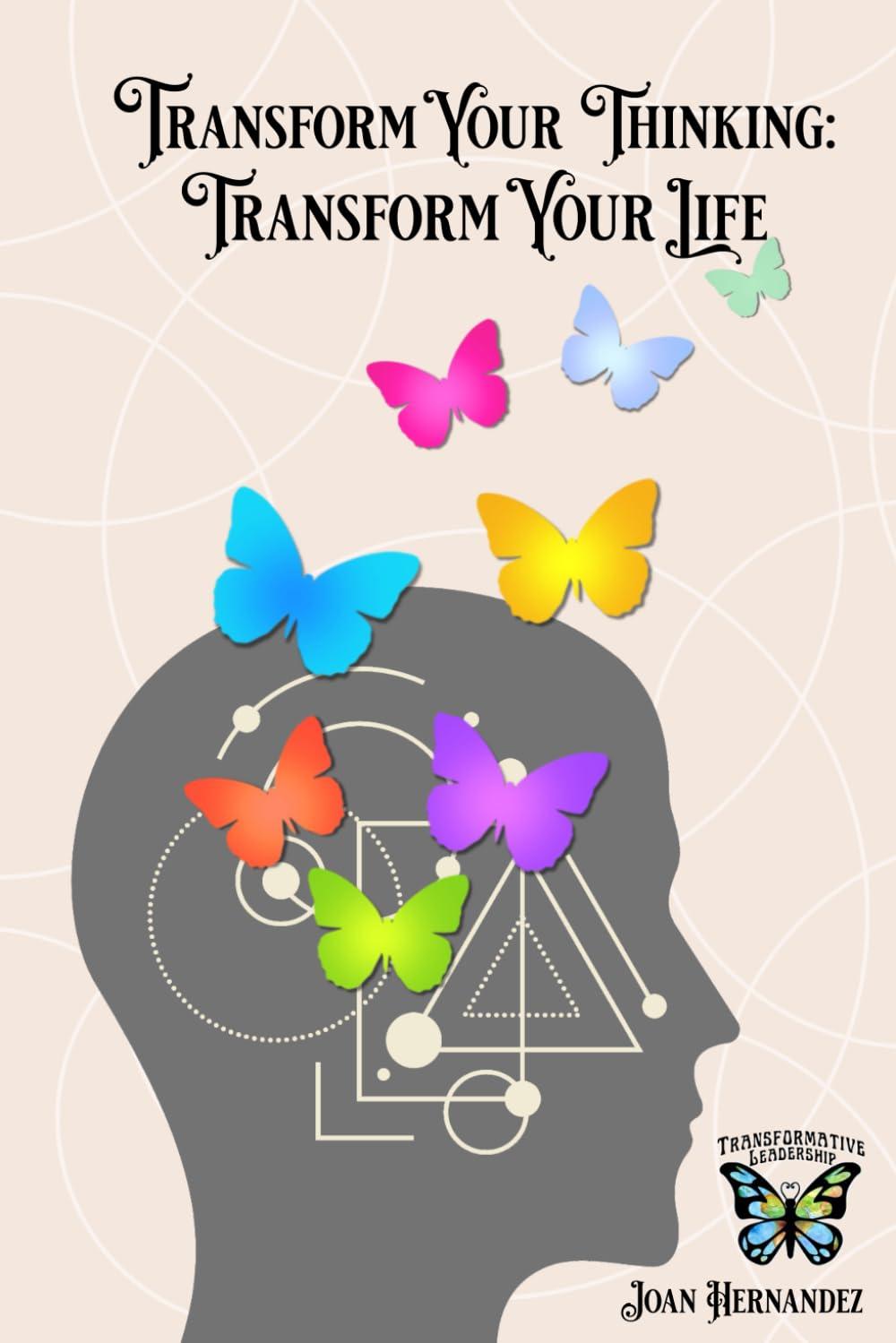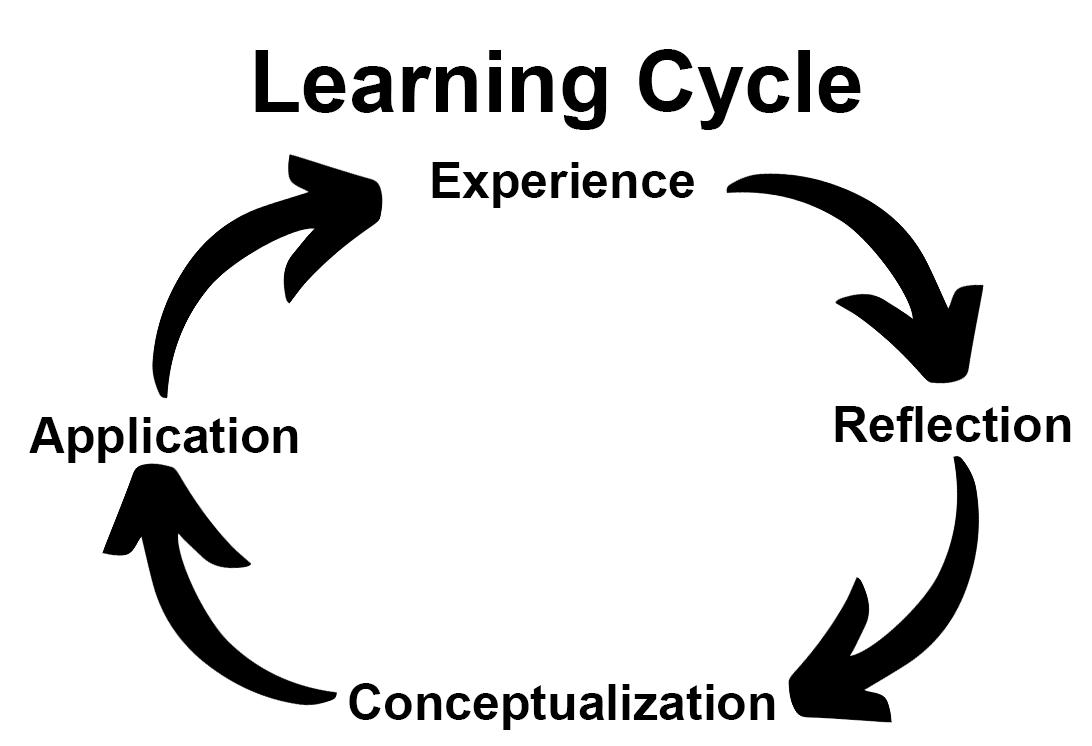 Joan Hernandez
Joan Hernandez
TRANSFORM
TRANSFORM
Self-Evaluation,
YOUR THINKING:
YOUR LIFE The Power of Reflection,
and Systemic Thinking
Gender Neutrality: To the degree possible, I have used the first or third-person plural. On other occasions, I have alternated between using he/him and she/her.
Copyright © Joan Hernandez 2023
ISBN: 9798872794844
Cover Design: Jessica Kerr
All rights reserved worldwide. No part of this material may be reproduced or used in any manner without prior written permission from the author, except for brief excerpts in a book review.
2
3 CONTENTS INTRODUCTION 7 LEARNING THROUGH REFLECTION 9 Common Ways of Reflecting 10 Techniques that Foster Reflection 13 Activities 19 Mental Models 20 Conceptual Frameworks 23 Transforming Mental Models into Conceptual Frameworks 29 Qualities and Attitudes that Contribute to Learning through Reflection 31 The Motivation to Learn 40 Activities 42 SELF-EVALUATION 43 Self-Knowledge 44 A Concept of Excellence: Basis for Self-Evaluation 45 The Relationship between Strengths and Weaknesses 47 The Lower Nature and the Higher Nature 50 A Definition of Ego 51
4 The Process of Self-Evaluation 52 Activities 57 SYSTEMIC THINKING 61 Contrast with Linear Thinking 62 Detecting the Implicit Order in Complexity 63 Necessary Attitudes for Systemic Thinking 65 Systemic Problems 66 Different Levels of Analysis 67 Common Examples of Generating Structures 68 How to Develop Systemic Thinking 78 Activity 79 LEAVE A REVIEW 80 WHAT TO READ NEXT 81 BOOKS BY JOAN HERNANDEZ 83 REFERENCES 85
INTRODUCTION
We all think. It is part of being human. However, we can choose what we think about and improve how we think. Transformative Leadership explores three capabilities that improve our thinking, contributing to the process of personal transformation. These are:
● Learning through Reflection: This chapter contains a practical toolbox of different methods of reflection to use in diverse situations.
● Self-Evaluation: The chapter focuses on the benefits of self-evaluation so that we can improve our decisions, deciding on the most effective ways to use our talents and abilities.
● Systemic Thinking: This chapter broadens our approach to problem-solving, encouraging us to focus on fundamental causes, rather than responding to symptoms.
As we develop these capabilities, our understanding will deepen, leading to improved decisions in our lives and more productive consultation with others.
What is Transformative Leadership?
Transformative Leadership stresses that all can exercise leadership in the groups and organizations in which we participate without necessarily having a position of authority. We exercise leadership by contributing to the goals of the group or organization, strengthening unity among its members, and helping others develop their capabilities. Improving our thinking skills can help in all these areas.
Transformative Leadership builds on a conceptual framework with six elements:
● Service-oriented leadership
7
● The purpose of leadership: personal and social transformation
● The moral responsibility to investigate and apply truth
● A conviction of the essential nobility of human beings
● Transcendence
● Development of capabilities
It focuses on 18 capabilities divided in three categories: seven capabilities that contribute to personal transformation, four capabilities that improve interpersonal relationships, six capabilities that contribute to social transformation, and one integrative capability.
To gain a deeper understanding of the conceptual framework and specific capabilities, we offer a variety of books from which to choose, depending on your individual interest. You can find a complete list of the books and the capabilities at the following link:
https://tinyurl.com/listbookscapabilities
8
Learning through Reflection
We not only learn from reading, watching videos, or listening to knowledgeable people, our actions and experiences can teach us a great deal. In fact, as small children, this is one of the main ways we learn. We do something, experience the consequences, at times, repeatedly, and learn whether we want to repeat that experience or not. However, as we grow and begin our formal education, we increasingly learn by integrating the ideas of others. Although this greatly expands our learning, at times we simply repeat what we have read or heard, without reflecting on or examining how it applies to our lives. So, an important aspect of learning consists of deliberately reflecting both on our experiences and the ideas we encounter. With experiences, after acting, we reflect on the outcome of the action, and then apply the results of the reflection to improve future action. With ideas, we learn something in a class or by reading or watching a video. Then, we reflect on the concepts to discern how they relate to other knowledge we have on the topic or how we might apply them in our lives. After striving to apply the new knowledge, we reflect on the results and what we have learned. Without application and reflection, there is no true learning.
When reflecting on experience, after describing what happened, we can ask ourselves questions, such as:
A) Did the experience contribute to the process of personal transformation (of ourselves or others) or social transformation? Did it help to develop any of the elements or capabilities of Transformative Leadership? How?
B) What were the positive aspects of the experience that we want to include the next time we do something similar?
C) Which aspects of the experience do we want to improve or eliminate?
9
D) What are the most important things we learned from the experience?
To further enrich this process, we can consult with others. In that case, the full process consists of action/experience, reflection, study, consultation, improved action. This practical learning can improve our lives.
We can think of the process as a reiterative learning cycle that integrates the phases of experience, reflection, conceptualization (including study and consultation related to our reflections), application. The application leads to new experiences and the cycle continues.

Common Ways of Reflecting
Spontaneous reflection: Sometimes we spontaneously reflect on activities in which we are engaged. At times, a feeling of dissatisfaction or an intuitive awareness that there is something further we could do motivates these reflections. For example, when carrying out a project, we may feel that it is not going as well as we would like, and we begin to analyze what is happening and what we could do to improve the
10
Mental Models

The Physics Students
An investigator asked undergraduate students majoring in physics a series of questions related to the motion of balls; for example, "If you are spinning a ball over your head which is tied to a string and the string is cut, what will happen to the ball?" Although their studies gave them sufficient knowledge to answer all the questions correctly, most of the students made several mistakes.
When the researchers tried to understand why the students made these errors, they discovered that the students had applied interpretations of motion common to childhood. They had not contextualized the concepts they had learned in class to their everyday lives and had not integrated this knowledge into the models they had used since childhood to explain and interpret the world.

We all have fundamental concepts based on our experiences in childhood and youth. These have led us to form mental models, which we use to interpret reality and guide our actions.
A mental model is a deeply rooted mental construct that we use to understand how the world works. The human mind cannot handle a lot of detailed data related to the complexity of the world. Therefore, it tends to construct mental models composed of generalizations. These generalizations are based on assumptions, images, anecdotes, sayings, and stereotypes that we have assimilated from our family and the social and cultural environment in which we grew up.
A mental model operates below the level of consciousness and limits us to certain ways of thinking and acting. Since we
20
have not defined it through a process of conscious reflection and have not subjected it to a process of questioning, we tend to act as if the mental model represents the whole truth. We do not even realize that it is a simplified representation. To us, it is the truth. We don't say to ourselves, "According to my mental model of learning, giving low grades encourages students to try harder." We simply state the concept as if it were a proven truth: "Giving low grades encourages students to try harder." Even if someone shows us a study that proves that this is false, we are often not convinced.
A mental model acts as a filter that limits our observations. We only see what we already believe. If a youth we have labeled as a bad student improves her performance, we don't notice it, or we may wonder if she copied on the exam. If another bad student continues with low grades, we consider it natural and say to ourselves, "It's useless to work with him; he doesn't want to learn." In short, we only look at facts that are consistent with our mental model. We automatically overlook any contrary evidence. Our mental models limit our ability to learn from experience since they condition the way we think and act.

"Why are mental models so powerful in affecting what we do? In part because they affect what we see. Two people with different mental models can observe the same event and describe it in different ways, because they have looked at different details and made different interpretations."3
Peter Senge

Mental models greatly influence our perceptions and behavior. We unconsciously raise our children as our parents raised us, or we prepare a presentation following the style our teachers used.
21
End of this sample. To learn more or to purchase this book, Please visit Bahaibookstore.com or your favorite bookseller.
 Joan Hernandez
Joan Hernandez




